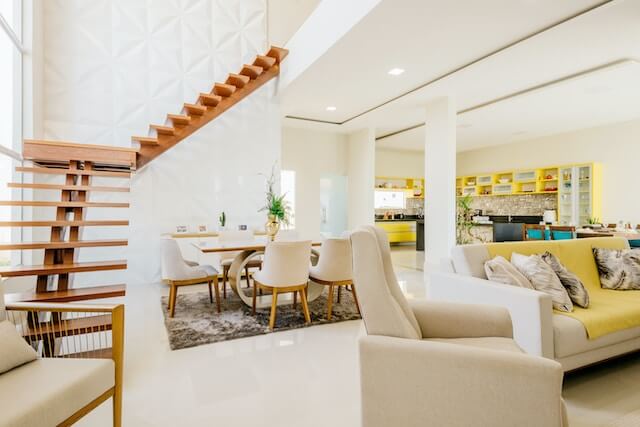In recent years, there has been a remarkable shift in the way young people approach housing. The rise of co-living spaces has captured the attention of both tenants and landlords alike. The trend offers a new and innovative approach to communal living.
The demand for affordable and flexible housing options are on the rise. Because of that, co-living spaces have emerged as a viable solution that caters to the evolving needs of tenants. This article explores the concept of co-living. It would delve into its growing popularity of this concept. Furthermore, it would highlight why landlords should consider converting their properties to meet this demand.
The Popularity of Co-Living Spaces
Co-living spaces, also known as shared living or communal housing, have gained significant traction among young adults and professionals. According to recent data, the number of co-living residents has experienced a substantial increase. Unsurprisingly, millennials and Gen Z renters account for a significant portion of this demographic shift. The appeal of co-living stems from its unique blend of affordability, convenience, and community-focused living arrangements.

Reasons for the Increasing Popularity
Affordability
Co-living spaces offer an affordable alternative to traditional renting, where tenants share the cost of utilities, amenities, and common areas. This shared expense model allows individuals to access desirable locations and enjoy a higher standard of living within their budget.
Flexibility
In a fast-paced world where job mobility and changing lifestyles are common, co-living provides flexibility. Residents can sign shorter lease terms. Therefore, it is ideal for students, young professionals, and those who prefer a more transient lifestyle.
Community and Social Connections
Furthermore, co-living spaces foster a strong sense of community and provide opportunities for social interactions. With shared common areas, organized events, and curated experiences, residents have the chance to connect with like-minded individuals. Consequently, they can establish friendships and create a supportive network.

Why Landlords Should Consider Converting to Co-Living Spaces
Increased Rental Income
By converting a property into a co-living space, landlords can potentially maximize their rental income. With multiple tenants occupying a single property, landlords can generate higher revenue compared to traditional renting.
Reduced Vacancy Rates
Co-living spaces tend to have lower vacancy rates due to the increasing demand for this housing option. Landlords can benefit from a stable and consistent stream of tenants, minimizing periods of empty units and maximizing occupancy rates.
Enhanced Property Appeal
Converting a property to a co-living space allows landlords to offer a unique and attractive housing option. The contemporary design, shared amenities, and community-focused environment appeal to the target demographic. Because of this, it increases the property’s desirability and competitive edge in the market.
Streamlined Management
Co-living spaces often have centralized management, where landlords or specialized co-living operators handle property maintenance, tenant coordination, and community management. Because of this streamlined approach, it can alleviate some of the burdens of property management. Eventually, this would ensure a positive living experience for tenants.

As the rental housing market continues to evolve, co-living spaces have emerged as a compelling option for tenants seeking affordable and community-oriented living arrangements. The increasing popularity of co-living is driven by its affordability, flexibility, and emphasis on social connections.
For landlords, converting properties to co-living spaces presents an opportunity to tap into a growing market segment. Consequently, it would increase rental income and landlords would benefit from reduced vacancy rates. By embracing the co-living trend and leveraging platforms like Padleads to promote their co-living offerings, landlords can adapt to the changing rental landscape and meet the evolving needs of today’s tenants. The future of rental housing lies in the collaborative and community-focused approach of co-living spaces, creating a win-win situation for both tenants and landlords alike.